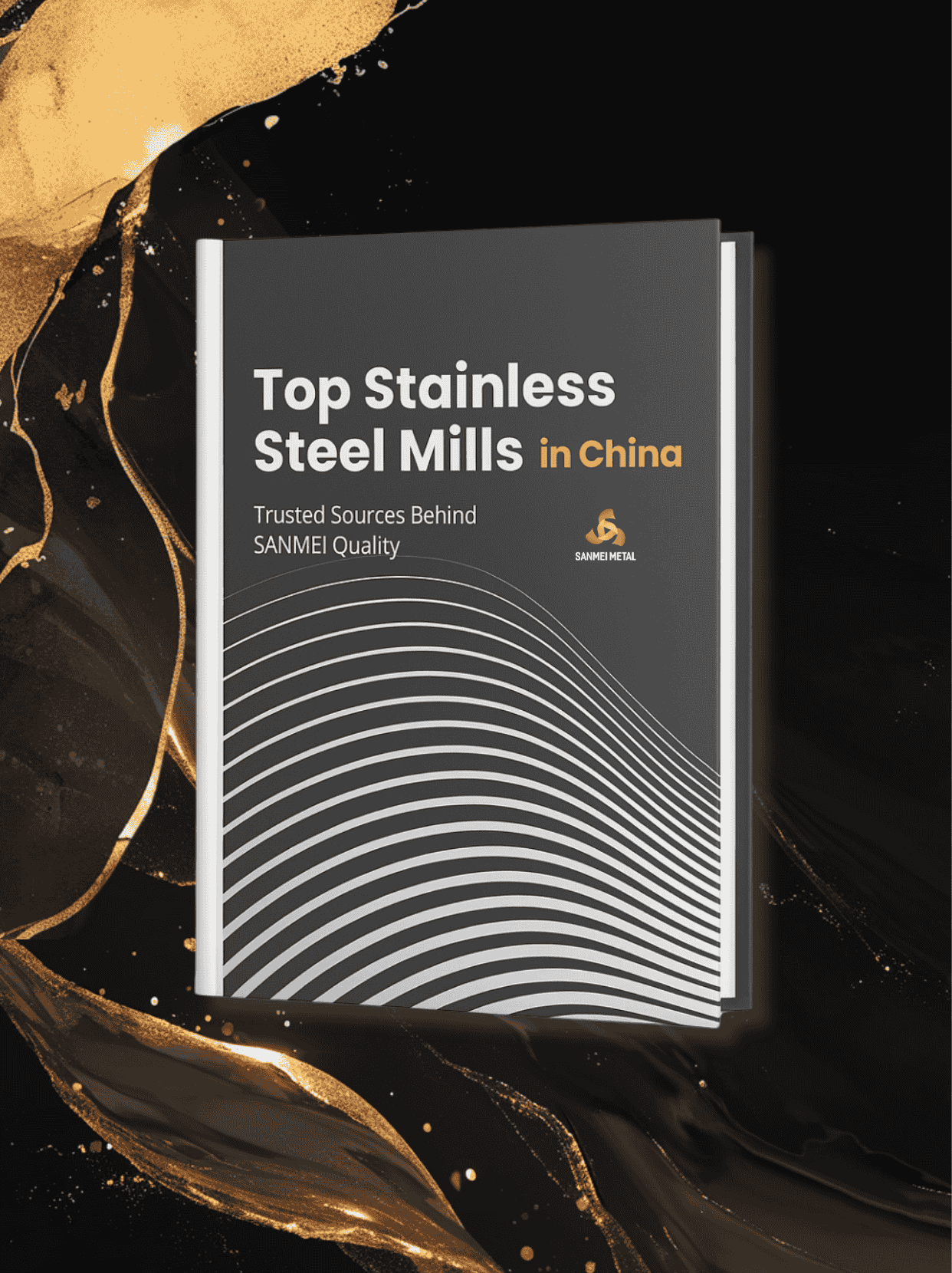
احصل على حر الوصول: ملف مصنع الصلب #1 في الصين
موجه نحو المشتري: مطابقة المطاحن حسب الدرجة/اللمسة النهائية/العرض والسمك/التطبيق
باووتسينغشانليسكوتيسكو


316 يعادل
مقاومة التآكل للفولاذ المقاوم للصدأ 316
أفضل من 304 بفضل إضافة الموليبدينوم، مما يجعله مناسبًا للبيئات البحرية ومصانع المعالجة الكيميائية والمناطق الساحلية. كما أنه مقاوم للتآكل الناتج عن الحفر والشقوق في بيئات الكلوريد.
مقاومة الحرارة للفولاذ المقاوم للصدأ 316
مقاومة ممتازة للأكسدة في درجات حرارة متقطعة تصل إلى 870 درجة مئوية، وفي درجات حرارة مستمرة تصل إلى 925 درجة مئوية. لا يُنصح باستخدامه بشكل مستمر في بيئات تآكلية تتراوح بين 425 و860 درجة مئوية، حيث يُفضل استخدام 316L.
قابلية تصنيع الفولاذ المقاوم للصدأ 316
قابلية التصنيع: مشابه للفولاذ ٣٠٤، يتميز بسهولة التشغيل. يتطلب أدوات قطع حادة وتزييتًا كافيًا.
لحام الفولاذ المقاوم للصدأ 316
يمكن لحامه بجميع التقنيات التقليدية. لا حاجة للمعالجة الحرارية بعد اللحام.
المعالجة الساخنة للفولاذ المقاوم للصدأ 316
مدى درجة الحرارة 927-1204 درجة مئوية.
التلدين للفولاذ المقاوم للصدأ 316
يتم التلدين عند 1038 درجة مئوية ثم التبريد السريع.
حدود تطبيق الفولاذ المقاوم للصدأ 316
عرضة للتشقق بسبب التآكل الإجهادي عند درجة حرارة تزيد عن 60 درجة مئوية.
المعالجة الحرارية للفولاذ المقاوم للصدأ 316
لا يمكن تقوية هذه المادة بالمعالجة الحرارية ولكن يمكن تقويتها بالعمل البارد.
| الخصائص الميكانيكية للفولاذ المقاوم للصدأ 316 | ||||
| ملكية | قوة الخضوع، الحد الأدنى (ksi) | قوة الشد، الحد الأدنى (ksi) | الاستطالة، الحد الأدنى (%) | الصلابة، الحد الأقصى (Rb) |
| 316 | 45 | 95 | 40 | 100 |
| الخصائص الفيزيائية للفولاذ المقاوم للصدأ 316 | ||
| ملكية | قيمة | وحدة |
| كثافة | 0.283 | رطل/بوصة مكعبة |
| معامل المرونة | 28.6 × 10⁶ | رطل/بوصة مربعة |
| معامل التمدد الحراري (68-212 درجة فهرنهايت) | 9.2 × 10⁻⁶ | /°ف |
| الموصلية الحرارية | 9.4 | وحدة حرارية بريطانية/قدم·ساعة·درجة فهرنهايت |
| الحرارة النوعية | 0.12 | وحدة حرارية بريطانية/رطل·درجة فهرنهايت |
| المقاومة الكهربائية | 27 | ميكرو أوم-إن |
| درجة | ج (الحد الأقصى) | كر (الحد الأقصى) | ني (الحد الأقصى) | مو (الحد الأقصى) | من (الحد الأقصى) | سي (ماكس) | ن (الحد الأقصى) | ف (الحد الأقصى) | س (الحد الأقصى) |
| 316 | 0.08 | 16.0-18.0 | 10.0-14.0 | 2.00-3.00 | 2 | 0.75 | 0.1 | 0.045 | 0.03 |



هل أنت مهتم بالفولاذ المقاوم للصدأ 316؟ دليلنا الشامل للأسئلة والأجوبة سيُغطي احتياجاتك! سواءً كنت مبتدئًا في استكشاف الأساسيات أو محترفًا يبحث عن رؤى متقدمة، تُجيب هذه المقالة على 100 سؤال أساسي بأسلوب واضح وجذاب.

| يكتب | العرض (مم) | الوزن (طن متري) | السمك (مم) | ||||
| ملف 316 | 1000، 1219، 1240، 1500 أو حسب الطلب | 3-10 | 0.15-3.0 | ||||

| يكتب | العرض (مم) | الطول (مم) | السمك (مم) | |||||||||
| 316 ورقة | 1000، 1219، 1240، 1500 أو حسب الطلب | 2000, 2438, 2500, 3000, 3048 | 0.3-3.0 | |||||||||
نحن ملتزمون بتقديم أفضل وأعلى جودة من الخدمة لعملائنا لضمان رضا عملائنا.









معتمدة من قبل مؤسسات مرموقة وملتزمة بالالتزام بالمعايير الدولية في كل جانب.




تعتبر آراء العملاء هي الانعكاس الأكثر أصالة لجودة الشركة.
اطلع على المزيد من المراجع الفنية من Sanmei Metal فيما يتعلق بملفات الفولاذ المقاوم للصدأ وألواح الفولاذ المقاوم للصدأ.
المقر الرئيسي:
مركز الإبداع، رقم ١٤٢، طريق يوهي، بلدة ليكونج، منطقة شوند، مدينة فوشان، مقاطعة قوانغدونغ، الصين. ٥٢٨٣١٥
مصنع: مدينة لييوان اللوجستية، بلدة تشينكون، منطقة شوند، مدينة فوشان، مقاطعة قوانغدونغ، الصين. 528313
قاعدة الدعم المحلية في أستراليا: (ياتالا، كوينزلاند) - قادم في عام 2026